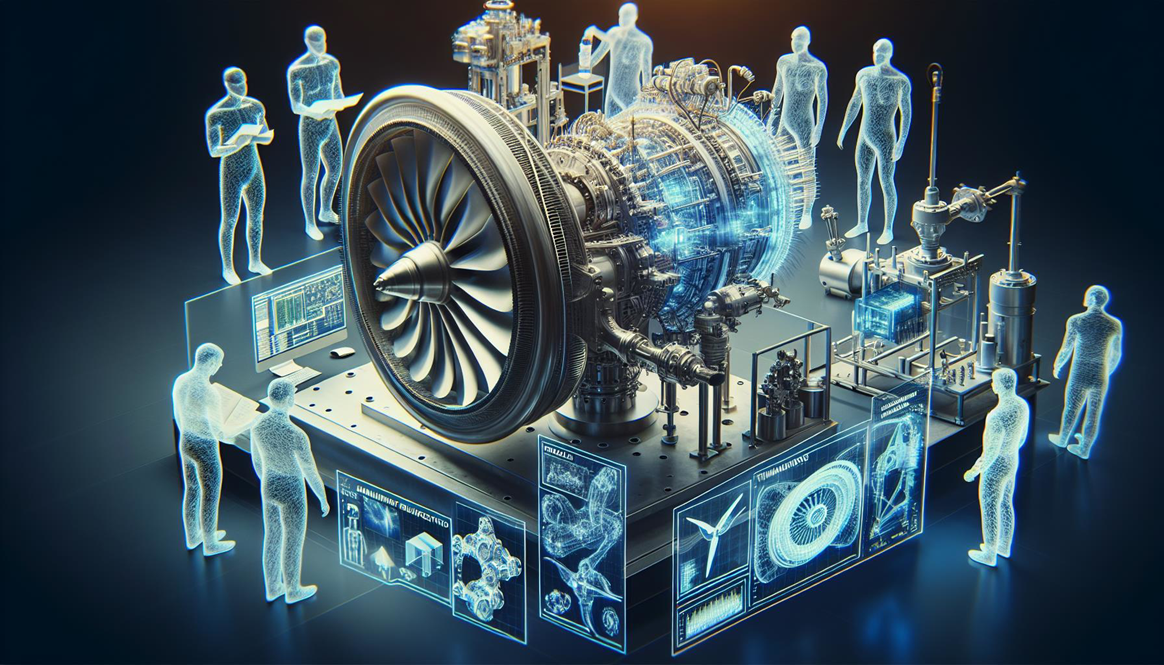Introduction to AI in Turbomachinery Design
A new DARPA-funded collaboration is spearheading the exploration of AI-enhanced design tools for next-generation turbomachinery. This initiative brings together a team from multiple universities aiming to revolutionize the design and testing processes of turbomachinery components. By integrating advanced AI tools, the project seeks to optimize these processes, ultimately enhancing the efficiency and performance of components that are vital across various industries, including aerospace and energy.
The use of AI in turbomachinery design is a promising development, as it allows for more precise modeling and simulation, reducing the time and cost associated with traditional design methods. The AI tools being developed are expected to streamline the iterative design process, enabling engineers to quickly identify the most effective solutions and configurations for turbomachinery components.
Current Examples in the News
Recent advancements in AI-enhanced turbomachinery design have caught the attention of major industry players. For instance, Honeywell Aerospace Technologies, a leader in the aerospace sector, is actively exploring AI applications to improve its turbine engines and auxiliary power units. Their involvement in both commercial and defense contracts positions them as a key player in the adoption of AI technologies in turbomachinery.
Additionally, the Hellenic Air Force has shown interest in AI-enhanced tools to maintain and improve their fleet’s performance. As one of the largest air forces in NATO, the integration of AI in their maintenance and design processes could significantly enhance their operational capabilities, ensuring they remain at the forefront of military aviation technology.
Implications for the Industry
The integration of AI in turbomachinery design is expected to have far-reaching implications for the industry. By improving the efficiency and performance of these components, industries such as aerospace, energy, and transportation can achieve greater sustainability and cost-effectiveness. This technological advancement could lead to more environmentally friendly solutions, as optimized turbomachinery components can reduce fuel consumption and emissions.
Moreover, the ability to rapidly prototype and test new designs using AI tools could accelerate the development of innovative technologies, keeping companies competitive in a rapidly evolving market. This shift towards AI-driven design processes represents a significant step forward in the engineering and manufacturing sectors, paving the way for future advancements.
Conclusion
- AI-enhanced design tools are being developed for next-generation turbomachinery.
- Honeywell Aerospace Technologies and the Hellenic Air Force are notable examples exploring these technologies.
- The integration of AI could lead to more efficient, cost-effective, and environmentally friendly turbomachinery solutions.
- This advancement is expected to significantly impact industries such as aerospace and energy.
